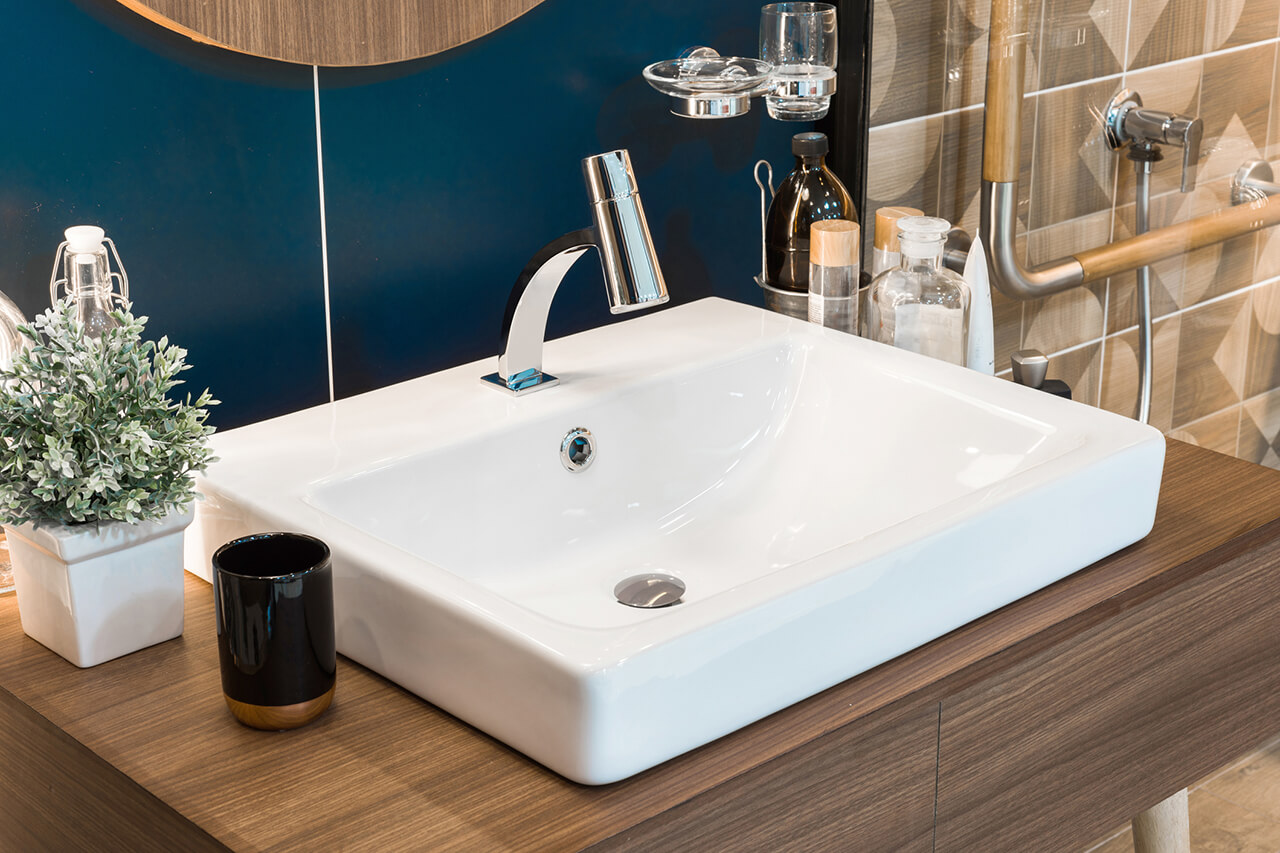
Get matched with top sink installers or repairers in your area
Enter your zip and get matched with up to 3 pros
Matching on HomeAdvisor


Sink installers or repairers in Hunt Valley
No results for Sink Install or Repair in
Try adjusting your search criteria.FAQs for sink install or repair projects in Hunt Valley, MD
Most kitchen sinks fall between 24 and 36 inches wide. Single-bowl models measure approximately 30 inches, while double-bowl options run 33 to 36 inches. Depth is eight to 10 inches, and the front-to-back distance is 22 inches.Sticking to these standards makes it easier to drop a new basin into existing cabinetry and countertop cutouts, saving you time and money on modifications.
A straightforward kitchen sink swap takes a pro an average of two hours if the existing plumbing lines up. Pedestal, wall-mount, or bathroom installs can stretch longer because the mounting has to be spot-on. Tackling the job yourself? Budget four to six hours so you’re not rushed—especially if you hit an unexpected snag.
You can often pop in a new sink without ordering a whole new countertop, as long as the basin matches the current cutout. Go for a smaller sink and you’ll need a pro to modify the counter; go bigger and they’ll enlarge the opening with specialized tools. Either way, precise measuring up front keeps the install seamless and protects your counters.
Yes—if the farmhouse sink you pick matches the current opening, it can slide right into your existing counter. If the dimensions are even slightly off, your contractor will need to trim or reinforce the countertop for a flush, stable fit. Precise measurements up front spare you extra labor and help the finished look stay true to your kitchen’s style.
Pipe life span comes down to material. Copper and cast iron can hit the century mark, galvanized steel and brass last 50 years, and PVC holds up for 25 to 40 years. Keep an eye out for corrosion or leaks—spotting problems early lets you replace sections before they cause expensive water damage.





- Plumbing - Multiple Projects
- Shower Pan Install
- Plumbing for a Remodel or Addition - Install
- Plumbing Item Repair
- Water Heater - Repair or Service
- Sink Repair
- Steam Shower - Install
- Faucet Install or Replace
- Walk In Tub - Install or Replace
- Drain Repair
- Shower Install or Replace
- Pipe Repair
- Drain Line Breakage - Camera Locate
- Tankless Water Heater - Install
- Water Main - Install, Replace or Repair
- Sump Pump - Repair or Replace
- Drain Clog or Blockage - Clear
- Sewer Main - Clear
- Faucets, Fixtures and Pipes - Repair or Replace
- Plumbing Item Installation
- Sink Installation
- Pipe Installation
- Faucet Installation
- Whirlpool Bathtub Install or Replace
- Plumbing Multi-Item Installation
- Water Heater - Install or Replace
- Sewer Main - Install, Replace or Repair
- Drain Installation
- Plumbing Multi-item Repair
- Toilet Installation
- Bathtub Install or Replace
- Sump Pump or Interior Foundation Drains - Install
- Birmingham
- Phoenix
- Tucson
- Fresno
- Long Beach
- Los Angeles
- Modesto
- Sacramento
- San Diego
- San Francisco
- San Jose
- Denver
- Hartford
- Washington DC
- Fort Lauderdale
- Jacksonville
- Miami
- Orlando
- Tampa
- Atlanta
- Chicago
- Indianapolis
- Louisville
- New Orleans
- Baltimore
- Boston
- Detroit
- Grand Rapids
- Minneapolis
- Saint Paul
- Kansas City
- Saint Louis
- Las Vegas
- Albany
- New York
- Asheville
- Charlotte
- Greensboro
- Raleigh
- Winston Salem
- Cincinnati
- Cleveland
- Columbus
- Oklahoma City
- Portland
- Harrisburg
- Philadelphia
- Pittsburgh
- Providence
- Memphis
- Nashville
- Austin
- Dallas
- El Paso
- Fort Worth
- Houston
- San Antonio
- Salt Lake City
- Norfolk
- Richmond
- Virginia Beach
- Seattle
- Madison
- Milwaukee



